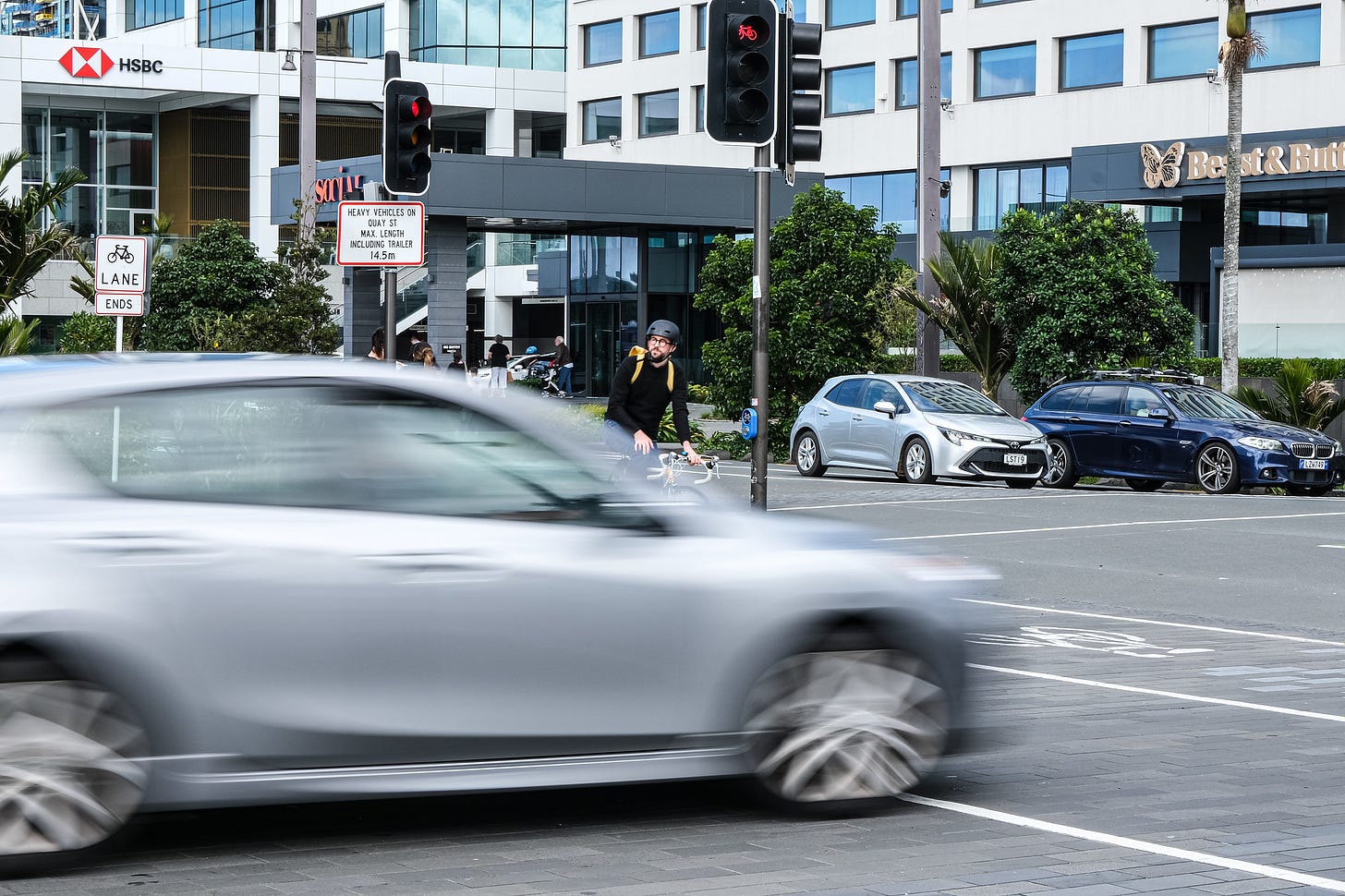
Mōrena. Long stories short; here’s my top six things to note in Aotearoa’s political economy around housing, climate and poverty:
Simeon Brown is cutting planned investment on cycling and walking over the next three years to $460 million from the $1 billion planned from 2021-24, but there is actually no new funding for 2024-27 as the $460 million is coming from money not spent over the last three years.
Waka Kotahi-NZTA has disclosed that Brown’s shift to spending more on motorways will increase climate emissions, although it says it has been told not to worry about emissions in the short term. NZTA also hasn’t analysed the health or wider social costs of the pivot to petrol and diesel, despite its previous analysis showing faster speeds and more driving increases accidents, which its 2023 analysis showed cost the nation nearly $12 billion in 2022.
In solutions analysis, overseas studies show each $1 of spending on walking and cycling infrastructure produces $13 to $35 of economic benefits from higher productivity, lower healthcare costs, less congestion, lower emissions and lower fossil fuel import costs.
In Quote of the Day, Brown said the public were sick of spending money on cycling and he instead wanted to focus spending on increasing the economic benefits of driving more and faster.
Our Chart of the day shows how land taxes and estate duties generated more than a third of Crown tax revenues for almost 40 years between the early 1930s and the early 1970s, when land taxes and estate duties were phased out and as income taxes and consumption taxes were increased.
Our Climate graphic of the day shows how temperatures at Svalbard, the Norwegian archepelago in the Arctic once known as Spitzbergen, had its hottest August ever, with temperatures a full 11 degrees celsius above normal.
(There is more detail below the paywall fold and in the podcast above for paying subscribers.)
The Top Six
1. ‘Get off your bike and drive (faster) to work’
Cycling & walking funding halved in transport plan for 2024-27
Transport Minister Simeon Brown has published his first National Land Transport Programme (NLTP) for spending by Waka Kotahi-NZTA on national and local transport modes and projects over 2024-2027, including more than halving planned investment in cycling and walking to $460 million from $1 billion in the 2021-2024 plan. There was actually no new funding for the new three-year plan because the $460 million came from funds not spent in the 2021-24 NLTP.
Here’s the key section of the new NLTP’s section on cycling and walking (page 33, bolding mine):
“The overall strategic direction of the GPS prioritises economic growth through road capacity expansion and travel time improvements. There is a significant carry-forward of projects from the 2021-24 NLTP meaning there is no available funding for new projects.” Waka Kotahi-NZTA in its NLTP for 2024-2027
2. ‘It means more emissions, but not our problem any more’
NZTA says new NLTP will increase emissions, but that’s not its concern
The NLTP and Brown’s comments were notable for the absence of any analysis about the economic, health or emissions impacts of spending much more on motorways with faster speed limits and dramatically less on public transport, cycling and walking. The bigger projects emphasised in the new NLTP have low Benefit to Cost Ratios (BCRs) that are usually barely more than $1 of economic benefits for each $1 of Government money invested.
But the NZTA did make some comments about emissions deep in the bowels of the document, including that it didn’t have to worry about the plans’ higher emissions affecting the Government’s current Emissions Reduction Plan, which was being rewritten, and it had been told the the Government would use other tools, including the Emissions Trading Scheme (ETS), to reduce emissions. NZTA said it did assess the NLTP against the legislated 2050 emissions reductions targets and found it was “not inconsistent” with the budgets for that target, without giving detail.
Here’s its comments on emissions (bolding mine):
“Analysis has been undertaken using the CATI and MOAT tools on the proposed NLTP, to assess the programmes impact on emissions. The CATI tool was developed by NZTA to help qualitatively assess the emissions implications of investment programmes. The MOAT tool was developed by Aurecon (and peer reviewed by Monash University) to help assess quantitatively assess emissions and other outcomes from investment programmes (including economic benefits and DSIs).
“The MOAT is a relatively new tool and is not yet sufficiently developed to robustly model economic benefits and DSIs (deaths and serious injuries), so has not been used for these purposes. There are also important limitations to its use when modelling emissions, which have been taken into account in assessing the implications of the NLTP 24-27.
“Together the analysis indicates that the total estimated NLTP expenditure is marginally weighted towards activities that are estimated to increase emissions particularly if all committed and probable projects are fully implemented in this or subsequent NLTP periods. The results of the CATI and MOAT analysis are not inconsistent with the 2050 target and emissions reduction budgets because:
“The total estimated NLTP expenditure is marginally weighted towards activities that will increase emissions but this does not take into account other potential transport- related policy interventions which may counterbalance this e.g. the Government’s policy to increase the number of EV charging stations.
“Inclusion of an activity in the NLTP does not mean that it will be fully funded through to construction and separate statutory decisions for funding are required, at which point more project specific emissions information will be available.
“The 2050 target and emissions budgets are national figures, achievement of which will be affected by both non-NLTP transport policy initiatives and non-transport policy initiatives which are not modelled by CATI or MOAT.
“The Government has indicated that the key tool for achieving the 2050 target and emissions reduction budgets is the Emissions Trading Scheme (ETS) which are outside the scope of NLTP 24-27. The MOAT analysis does not take into account the effects of the ETS on transport emissions.” Waka Kotahi-NZTA in its NLTP for 2024-2027
In essence, NZTA is saying:
its own models were not very good and, anyway, don’t show how transport funding and the ETS work together to change emissions;
Also, the ETS is ‘out of scope’ of the NLTP and 2050 is a long way off so anything could happpen; and,
Anyway, the Government might come up with something else, so we don’t have worry about how this $32.9 billion spent over three years on the future of transport effects emissions.
Basically, it has been told not to care, so it isn’t. And, therefore, we can just park any thought of emissions on a motorway somewhere while the Government encourages tree planting in the ETS to achieve the 2050 net zero target.
No worries then.
Hope the planet doesn’t notice.
Or our trading partners.
3. Solutions news: Cycling generates $15 for each $1 spent
Simeon Brown argued in deciding not to invest any new central Government money in cycling and walking in the 2024-27 that he preferred too spend the money on boosting economic growth, but international studies show a benefit to cost ratio of 13 to 35 to one of cycling investments, as University of Canterbury Professor Simon Kingman noted in this piece from May 2022, citing a Transport for London study, including this panel.
4. Quote of the day
‘We’re sick and tired’
“There's less money going into cycleways, and I think New Zealanders are sick and tired of the amount of money going into cycleways.” Transport Minister Simeon Brown announcing the NTLP.
Brown’s views seem connected to his own views and feelings and chats with others..
An actual survey of 3,170 people from Auckland, Wellington, Christchurch, Dunedin, Hamilton and Tauranga that was commissioned by Waka Kotahi-NZTA and conducted between January and December last year found that 61% supported investments in cycling, up four percentage points from the previous year.
5. Chart of the day
For 40 years, land tax & estate duty made up 35% of Crown tax revenue
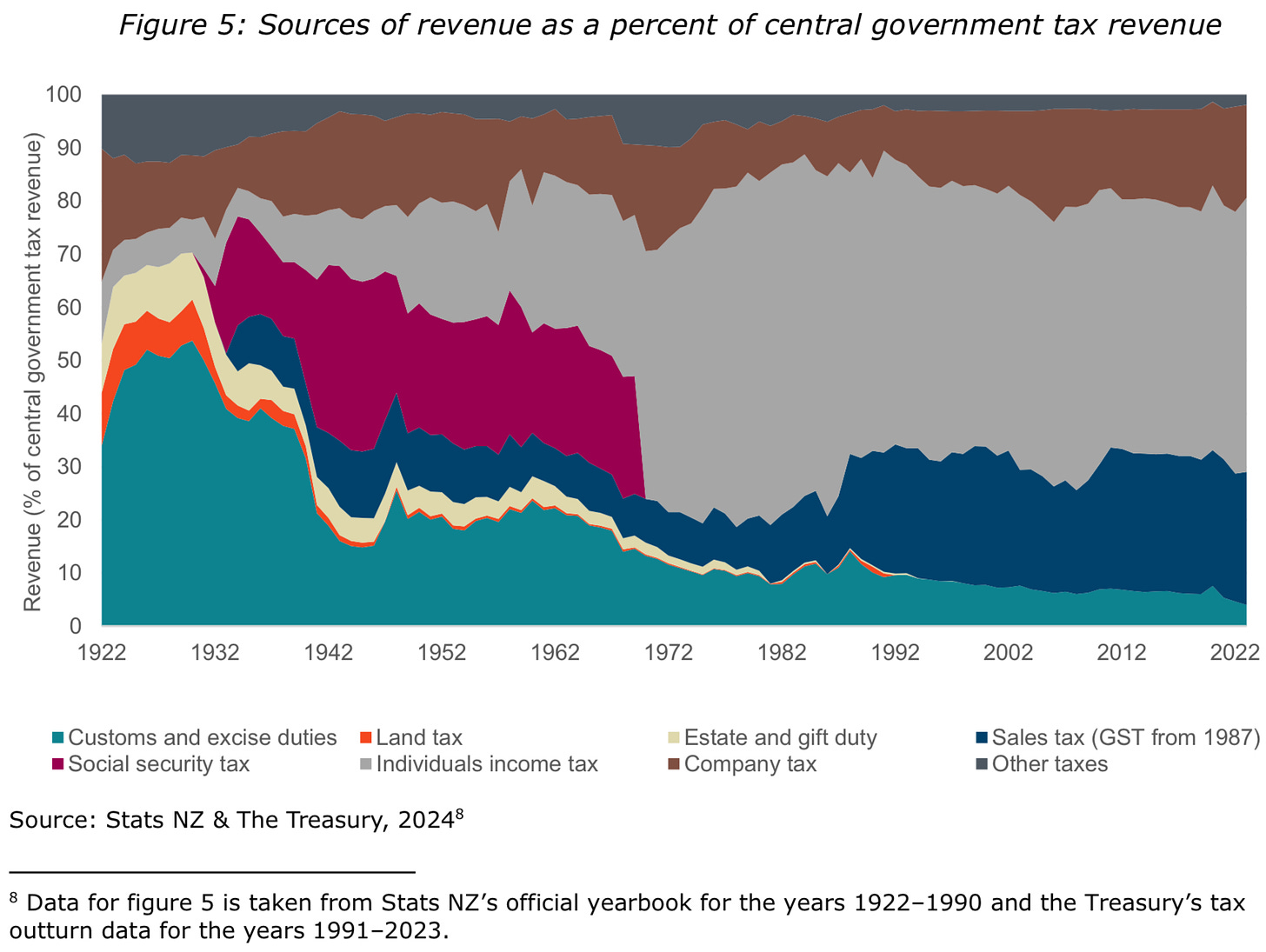
6. Climate graphic/chart/pic of the day
Uncharted territory near the Arctic circle
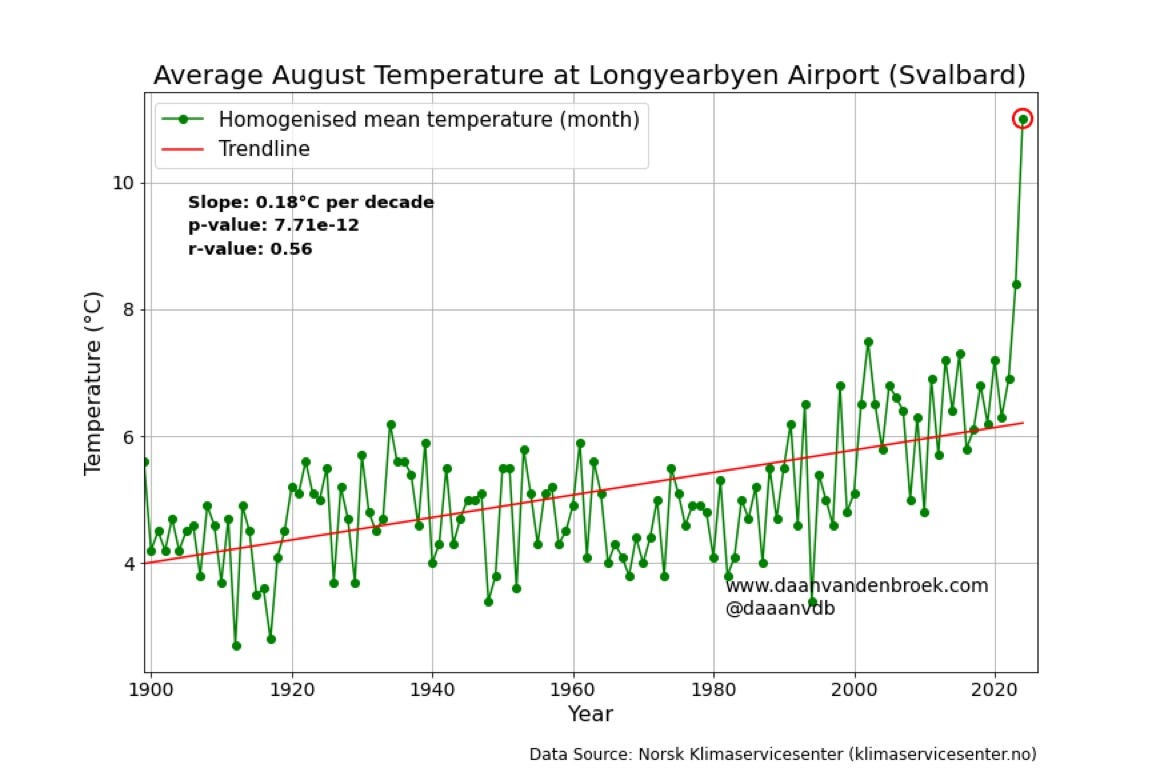
The best of the rest
Top six scoops and deep dives
Poverty and health scoop: 'Heartbreaking': Patients queue in cold from 6am to see doctor NZ Herald’s Michael Morrah
Politics deep dive: Political blame game: Three PR experts on 55 press releases that reveal Govt tactic NZ Herald-$$$’s Shayne Currie
Education: 'At breaking point': Summit seeks solutions for teacher shortage 1News’ Kate Nicol-Williams
Poverty analysis: Crunching the numbers: Over-65s spending almost all of pension on sky-high rent RNZ’s Louise Ternouth
Housing:Public-private partnership for NZDF housing no different in cost than usual approach, officials tell Govt RNZ’s Phil Pennington
Poverty: MSD still referring clients to budgeting services facing closure over cuts by MSD RNZ’s Amy Williams
The Kākā’s journal of record
Transport Minister Simeon Brown announced the 2024-27 National Land Transport Programme (NLTP) would allocate $32.9 billion over the three years, including halving funding for cycleways, lower rail transport funding, $7.01 billion for state highway improvements and new roads and $5.5b towards pothole prevention. RNZ, NZ Herald
Justice: The Human Rights Commission, in its role as a watchdog for the UN Convention Against Torture, published a report finding that prisons and youth justice facilities in NZ were under-staffed and overly reliant on seclusion and restraint, with Māori disproportionately affected. In contrast, community-based remand homes offered meaningful activities for youth and had less need for restrictive practices.
Economy: Credit bureau Centrix's monthly insights report for July found that although financial hardship applications were up 27% compared to July 2023, fewer New Zealanders were behind on debt payments. 46% of those hardship cases related to mortgage payments, 29% to credit card debt, and 17% to personal loans.
Electricity: Commerce and Consumer Affairs Minister Andrew Bayly and Energy Minister Simeon Brown announced the Government would consult on regulations to increase competition in the banking and energy sectors via 'open banking' and 'open electricity'. Brown said open electricity would mean increasing customers' ability to compare energy plans and access to their energy usage data. RNZ
Electricity: Lobby group Energy Resources Aotearoa, formerly the Petroleum Exploration and Production Association of New Zealand, called for a "cross-party consensus" on energy and resources policy, saying it will work with any cross-party group looking to rebuild NZ's gas reserves.
Poverty: Mental Health Minister Matt Doocey called for submissions on the next three-year strategy to minimise gambling harm. He said the Government's priorities for the strategy include increasing access to gambling harm support with an emphasis on prevention and early intervention.
Finally, some fun things
Cartoon of the day
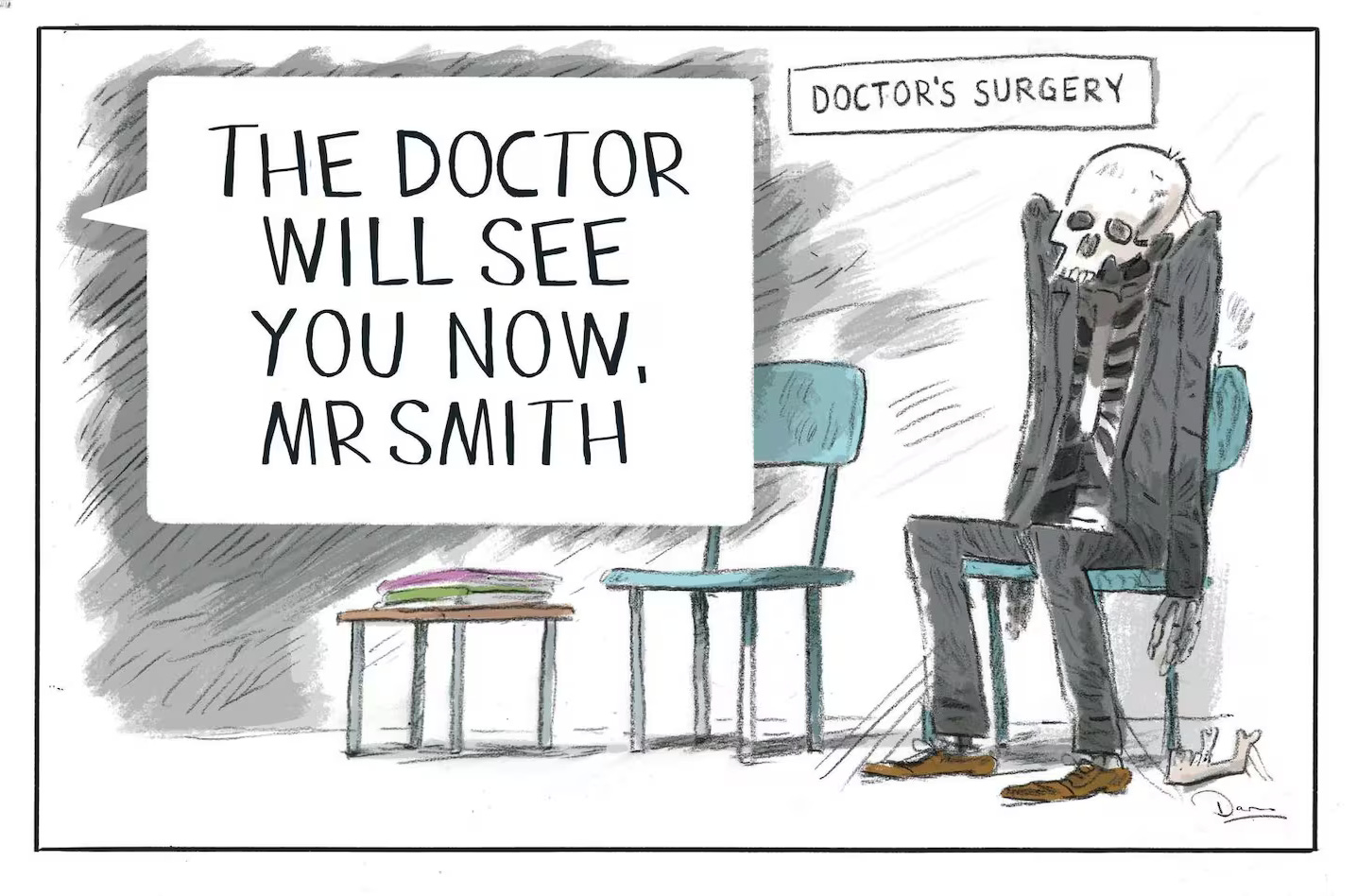
Timeline-cleansing nature pic
‘I’m keeping an eye on you…’
Ka kite ano
Bernard



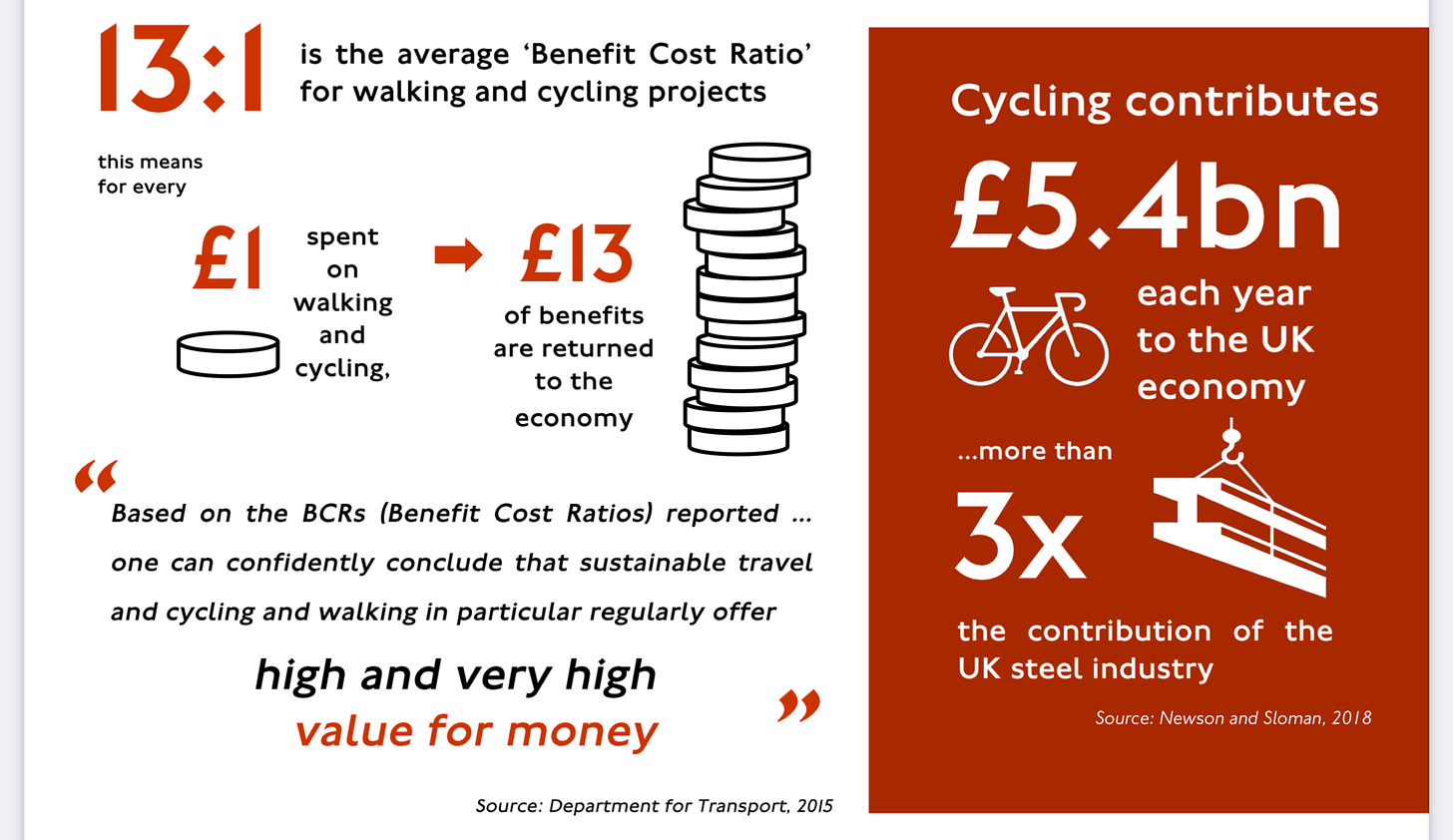
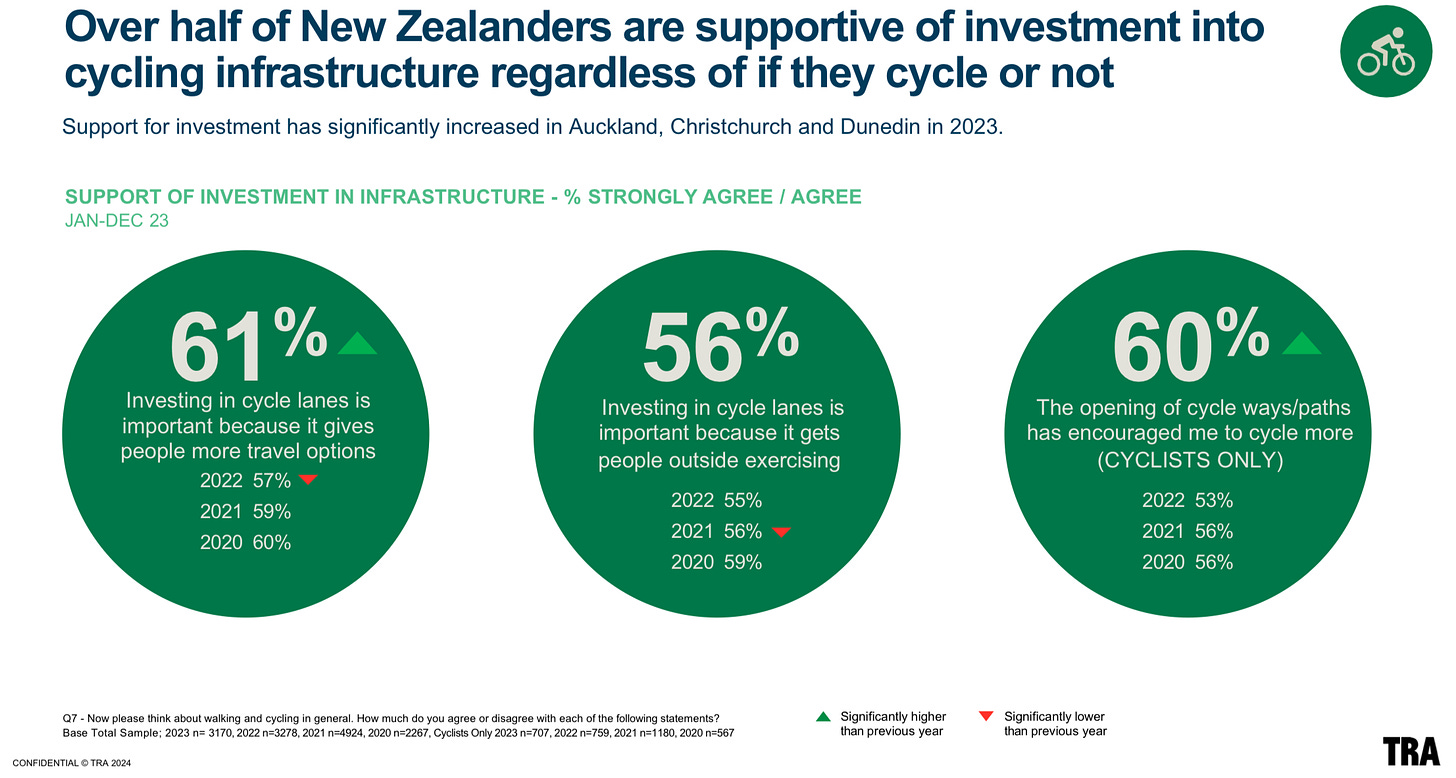

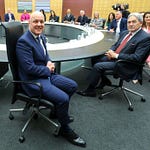

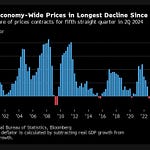
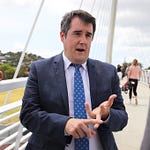



Share this post